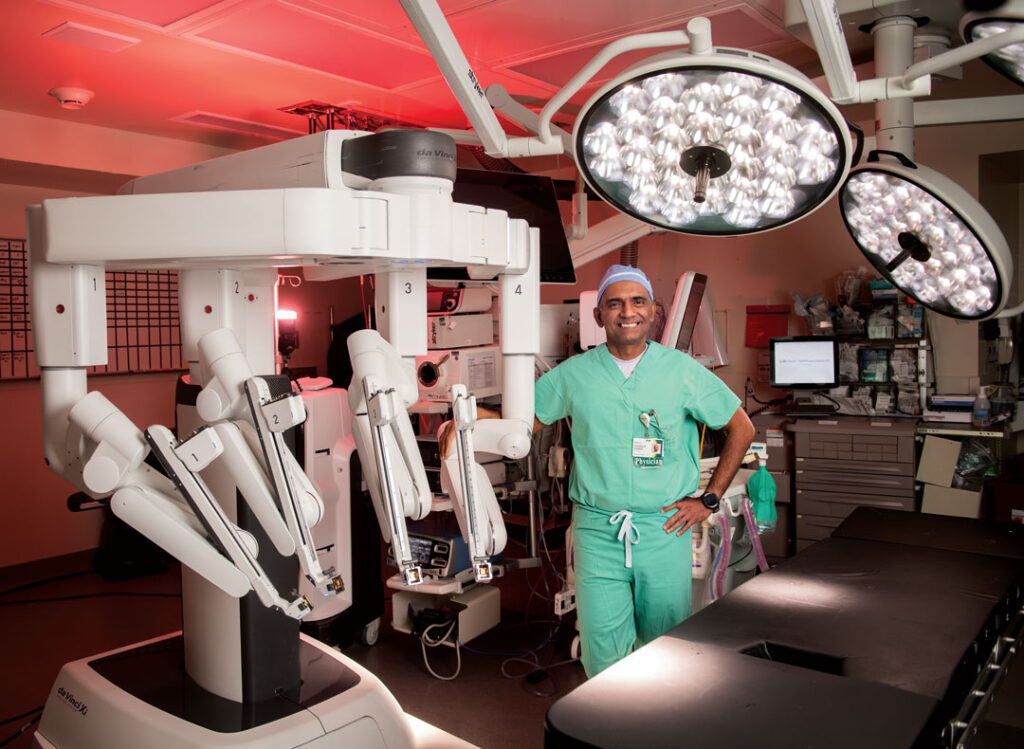The Elbert Files: Iowa’s worst train wrecks

The eight people killed in last month’s Amtrak derailment in Philadelphia is a grim reminder of how deadly rail travel once was and still can be on rare occasions.
Iowa has recorded only two passenger fatalities since Amtrak was launched in the 1970s. Both involved derailments in southwest Iowa.
The most recent, on March 17, 2001, occurred when a broken rail caused 11 cars of the westbound California Zephyr to leave the track at 11:40 p.m. near Nodaway in Adams County, killing one passenger and injuring 77.
The other fatality occurred June 15, 1982, at about 3:15 a.m., when floodwaters washed out tracks near Emerson. That westbound train was traveling 74 mph when it was upended by the floodwater, killing one and injuring 27 people.
As unfortunate as those accidents were, the loss of life was minor compared with accidents in the 19th and early 20th centuries.
Details of an 1877 train wreck near Altoona, in which 18 died and more than 40 were injured, were retold recently in “Pieces of Iowa’s Past,” a newsletter published by Iowa State Capitol Tour Guides.
The publication reported that, like the Emerson derailment nearly a century later, the Aug. 29, 1877, wreck occurred during the predawn hours and was caused by floodwaters that had washed away a stone bridge over the east branch of Four Mile Creek.
A passenger train headed to Des Moines was traveling about 30 mph at around 4 a.m., when the engineer, unaware of the washout, drove directly into the creek. The locomotive was pulling three passenger cars, a sleeper car and a Barnum Circus advertising car. All but the sleeper car plunged into the floodwaters.
The 18 dead included seven of the 13 Barnum Circus employees who were on the train, along with three Des Moines residents, including a youngster identified as William Cummings, “newsboy.”
One report said that the engine was “completely out of sight” in the 20-foot-deep floodwaters and that “several more bodies can be seen” in a car not yet recovered.
“It is thought that several bodies floated down stream,” a news report said.
An even worse wreck resulted from a bizarre accident that occurred near Green Mountain east of Marshalltown at around 8:15 a.m. on March 21, 1910. It claimed 50 lives.
That crash involved two Minneapolis-bound passenger trains that had been coupled together and were running in reverse on a temporary route west of Cedar Rapids to avoid a freight train derailment that had occurred near Shellsburg the previous night.
The backward moving trains were traveling too fast, causing one of the engines to jump the track and land in a ravine, pulling several cars with it and crushing occupants as the cars piled on top of each other.
Among the 50 dead were 11 Waterloo residents, “nearly all of social or business prominence,” according to the Des Moines Tribune.
One of the dead was 21-year-old May Hoffman, “one of the most beautiful and popular young women in Waterloo.” Hoffman had recently taken a job in New York with Underwood Typewriter Co., and had been pictured in the New York World “as one of the most beautiful businesswomen in New York,” the Tribune reported.
A companion article that day listed other train fatalities, including an 1898 wreck near Logan in southwest Iowa in which an excursion train had collided head-on with a passenger train, killing 38 people.
Today, we have safety technology that was undreamed in those earlier days and trains that can travel at speeds that were previously unimaginable.
But it doesn’t always work, as evidenced by the Amtrak train in Philadelphia that was traveling over 100 mph in 50 mph zone.









